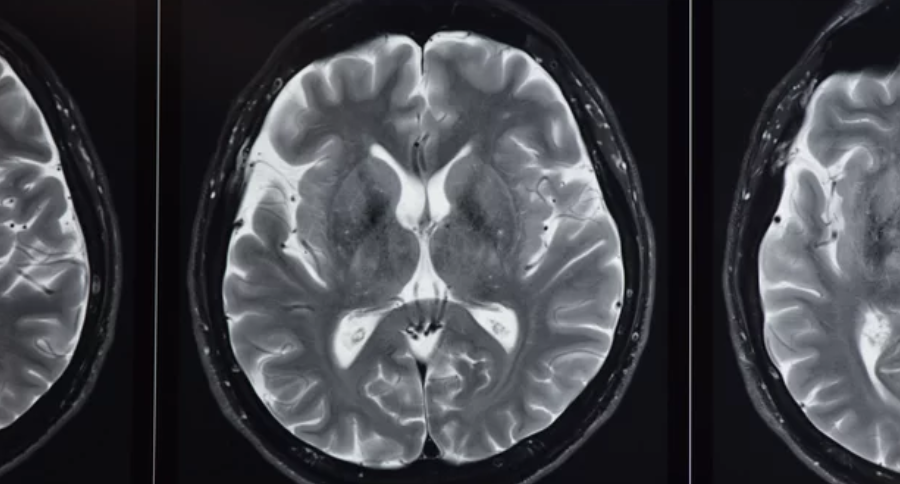MRI technology in hospitals is changing quickly thanks to advances in artificial intelligence (AI) and new imaging techniques. These improvements make MRI scans faster, more accurate, and easier to access for patients. AI helps detect diseases earlier and provides clearer images that support better diagnosis and treatment.
Hospitals are using these innovations to improve patient care while reducing costs. AI also makes it possible to combine data from different imaging methods, giving doctors a fuller picture of a patient’s condition. This means better treatment plans and more precise monitoring of diseases.
As MRI machines become smaller, faster, and more affordable, their use in hospitals grows. The future of MRI is shaped by technology that not only delivers better images but also empowers medical teams to make quicker, more informed decisions.
Key Takeaways
- MRI scans are becoming faster and more accurate through AI integration.
- New technology helps doctors create better treatment plans with clearer images.
- MRI machines are improving in accessibility and affordability for hospitals and patients.
Transforming Diagnostic Imaging with Advanced MRI
Advanced MRI technology is improving the speed, accuracy, and scope of diagnostic imaging. It supports detailed views of the human body and helps doctors make better decisions. The integration of AI and new hardware has also enhanced how hospitals manage MRI scans.
Breakthroughs in MRI Technology
Recent advancements in MRI technology include faster scan times and improved image quality. New machines use stronger magnets and better software algorithms to capture clearer, more detailed images.
AI is now used for image reconstruction, reducing noise and artifacts that can obscure results. This allows for shorter scan sessions without losing image clarity.
Additionally, hybrid imaging combines MRI with other techniques, like PET, for more comprehensive diagnostics. These improvements make it easier to detect smaller abnormalities in tissues.
Clinical Benefits of Next-Generation MRI
Next-generation MRI offers more precise diagnoses, especially in complex cases like cancer or neurological diseases. It helps differentiate between healthy and diseased tissues with better contrast.
Faster imaging means patients spend less time in scanners, reducing discomfort and anxiety. It also lowers the risk of motion artifacts caused by patient movement.
The ability to perform functional MRI scans provides information on how organs and tissues work, not just their structure. This aids in personalized treatment planning based on specific patient needs.
Workflow Integration and Efficiency
AI-driven MRI systems automate image analysis and reporting, reducing manual work for radiologists. This leads to quicker diagnosis and streamlined hospital workflows.
Scheduling and managing scans benefit from improved software that predicts patient needs and optimizes machine use. This helps reduce waiting times and increases patient throughput.
Digital workflows also enable easier sharing of imaging data among healthcare teams. This supports faster consultations and collaborative decision-making.
Impact on Patient Care and Outcomes
Faster, more accurate MRI scans directly improve patient care by enabling early detection and treatment. Early diagnosis often leads to better treatment success and fewer invasive procedures.
AI-assisted scans minimize the need for repeat imaging, saving time and reducing patient exposure to additional tests. This makes MRI more accessible and affordable.
By providing detailed images combined with functional information, advanced MRI supports better treatment monitoring and follow-up. It helps doctors adjust therapies based on how patients respond over time.
Implementing the Future of MRI in Hospitals
Hospitals face several key challenges when updating MRI technology. They must ensure staff are well trained, manage costs carefully, and find practical solutions to integrate new systems with existing workflows. These factors all affect how smoothly and effectively new MRI innovations are put into practice.
Adoption Challenges and Solutions
Hospitals often struggle with integrating new MRI machines into current infrastructure. Older facilities may lack space or compatible systems, making installation difficult. Technical issues, like software updates and network compatibility, also cause delays.
To solve these challenges, hospitals can plan phased rollouts. Starting with pilot programs allows staff to adjust gradually. Choosing MRI systems with modular designs can reduce setup time and ease future upgrades.
Collaboration with vendors is important. Clear communication helps address technical problems quickly. Investing in compatible data management systems also streamlines the flow of images and patient information, improving efficiency.
Staff Training and Expertise Requirements
Advanced MRI technology requires specialized knowledge. Staff must understand new software, hardware features, and safety protocols to use machines effectively.
Hospitals should provide ongoing training programs. These include hands-on workshops and e-learning modules that cover AI integration, portable MRI operation, and faster imaging techniques.
Training also needs to focus on interpreting new types of image data. Radiologists must learn to use quantitative imaging tools and AI-enhanced diagnostics to improve accuracy.
Regular assessments can track staff proficiency, ensuring all operators meet standards. Support from machine manufacturers during the early stages helps build expertise faster.
Cost Considerations and Return on Investment
MRI upgrades involve significant upfront expenses, including purchase, installation, and training. Ongoing maintenance and software licensing add to total costs.
Hospitals must evaluate equipment lifespan and potential cost savings from faster scans and improved diagnostics. Many modern MRI systems reduce scan time, increasing patient throughput and lowering operational costs.
Investing in AI-powered imaging can reduce repeat exams by improving accuracy. Portable and fast MRI options may lower the need for patient transfers and emergency imaging costs.
A clear budget plan that includes both direct and indirect benefits helps justify investments. Considering government incentives or partnerships can also offset initial expense.
Also Read :
